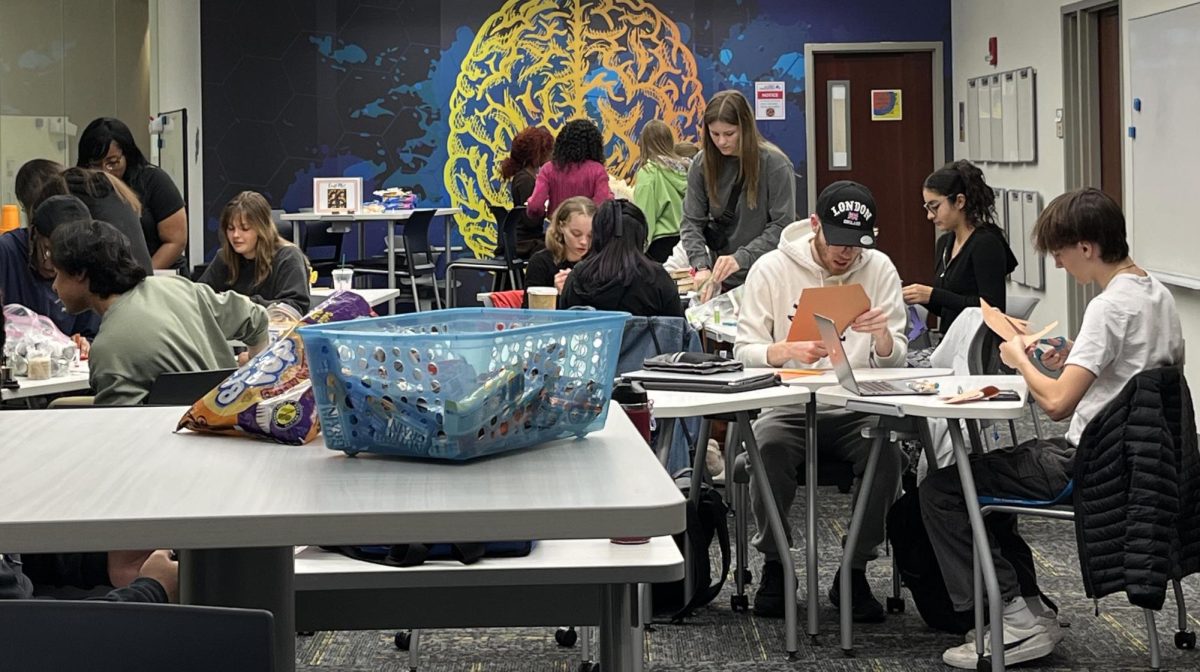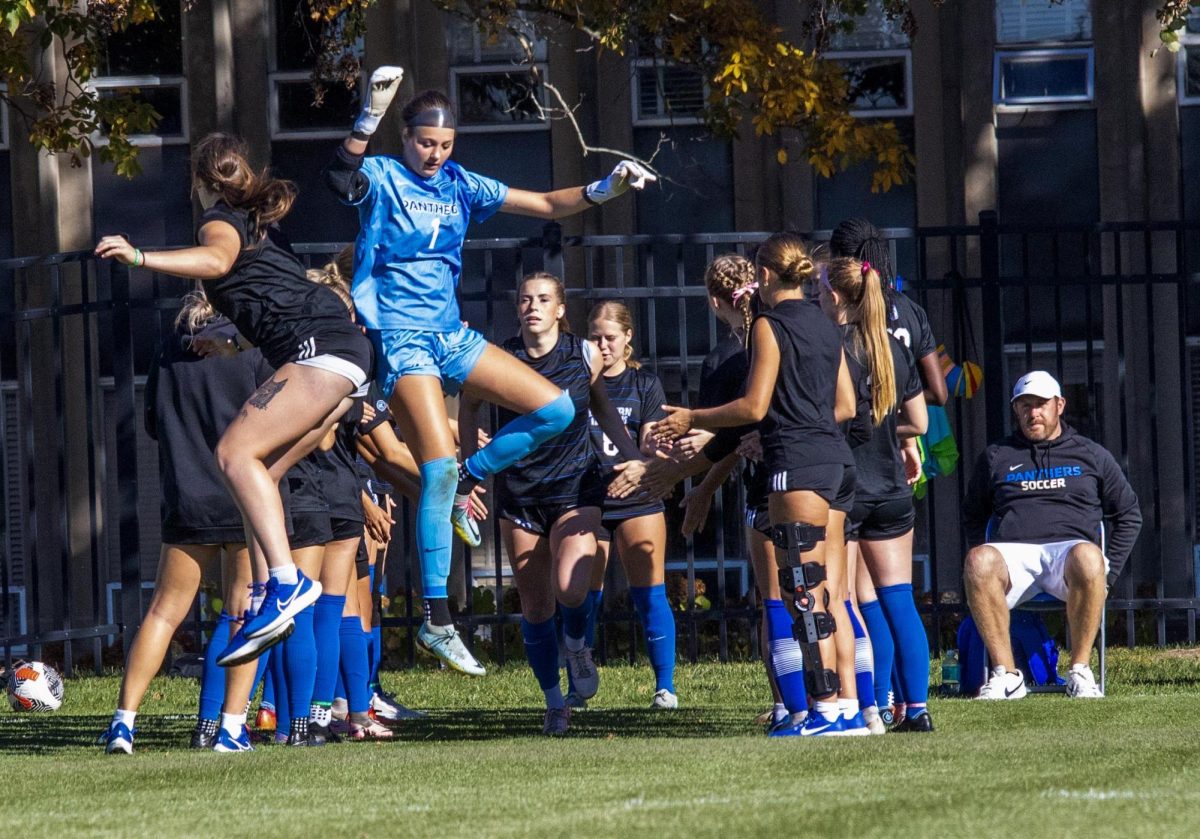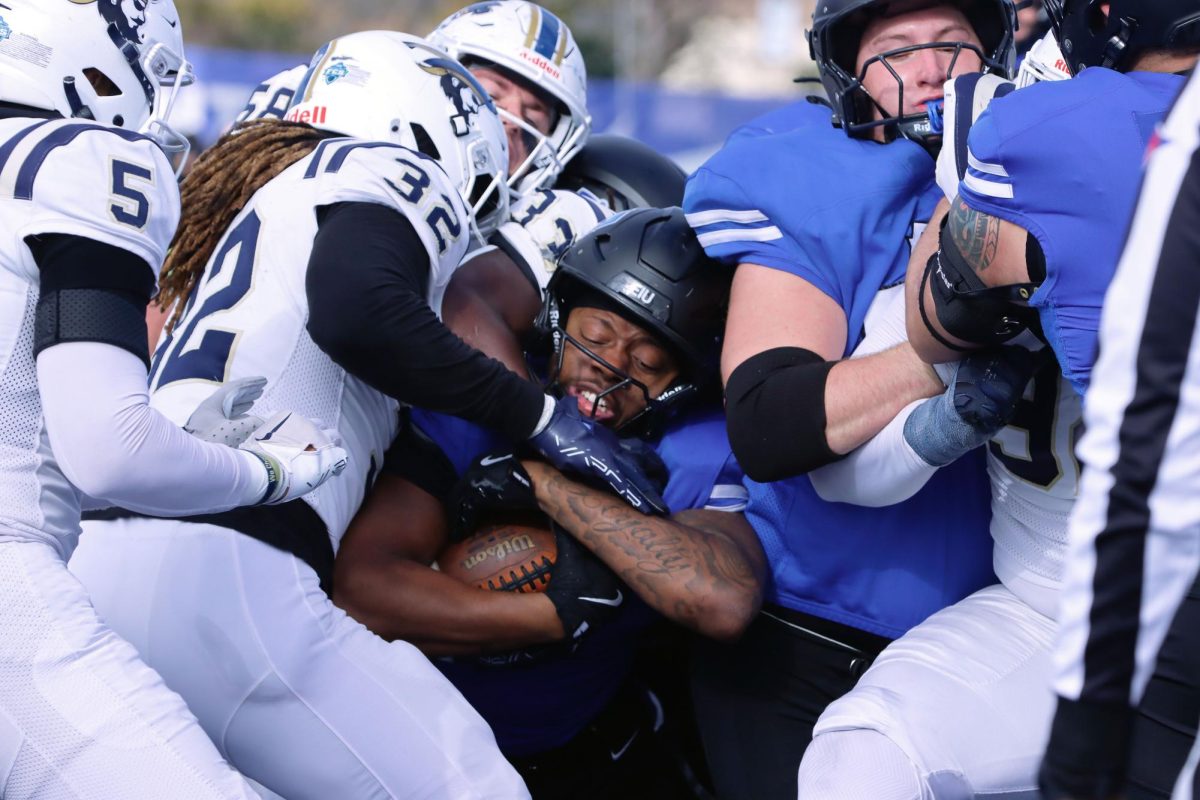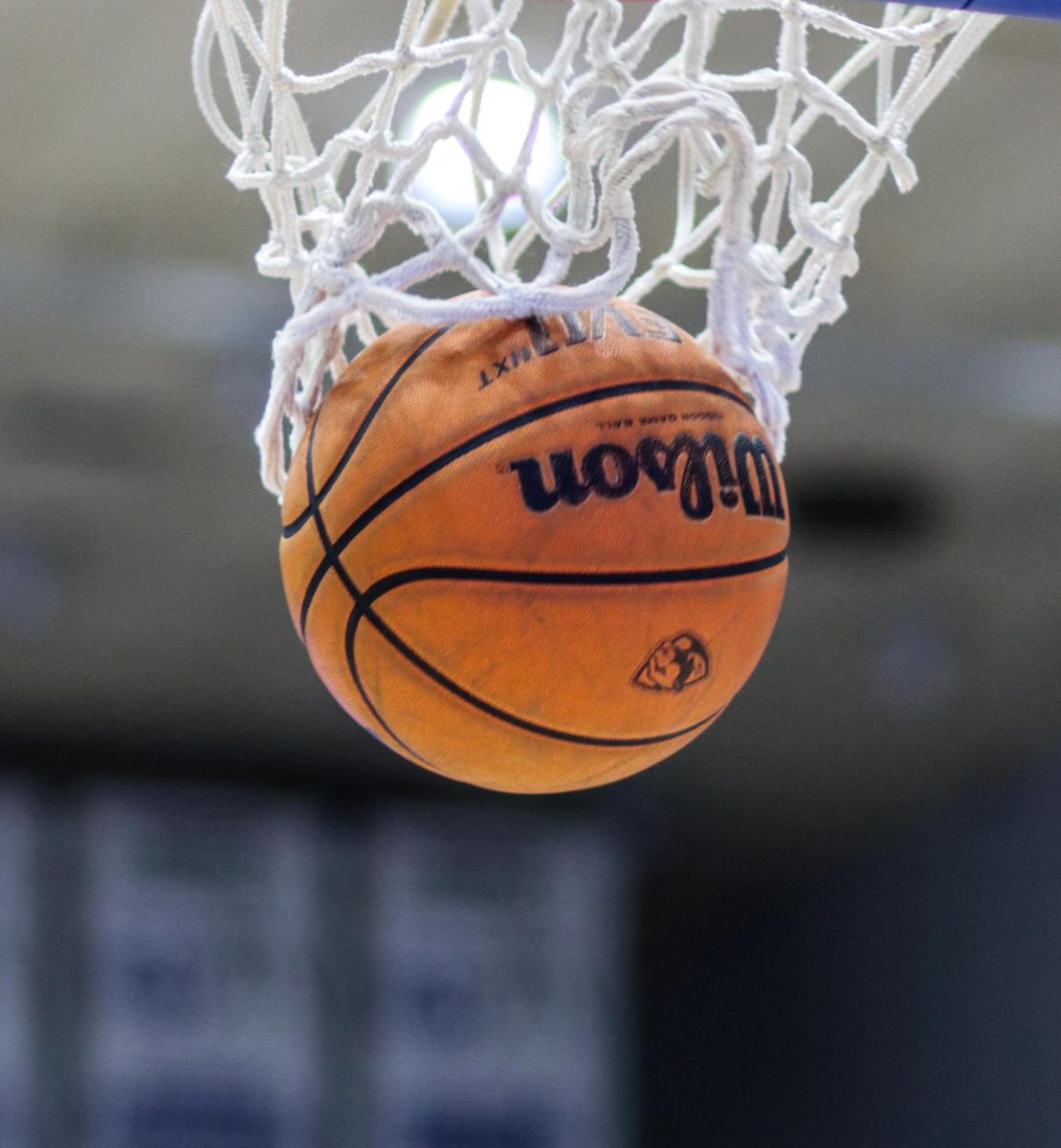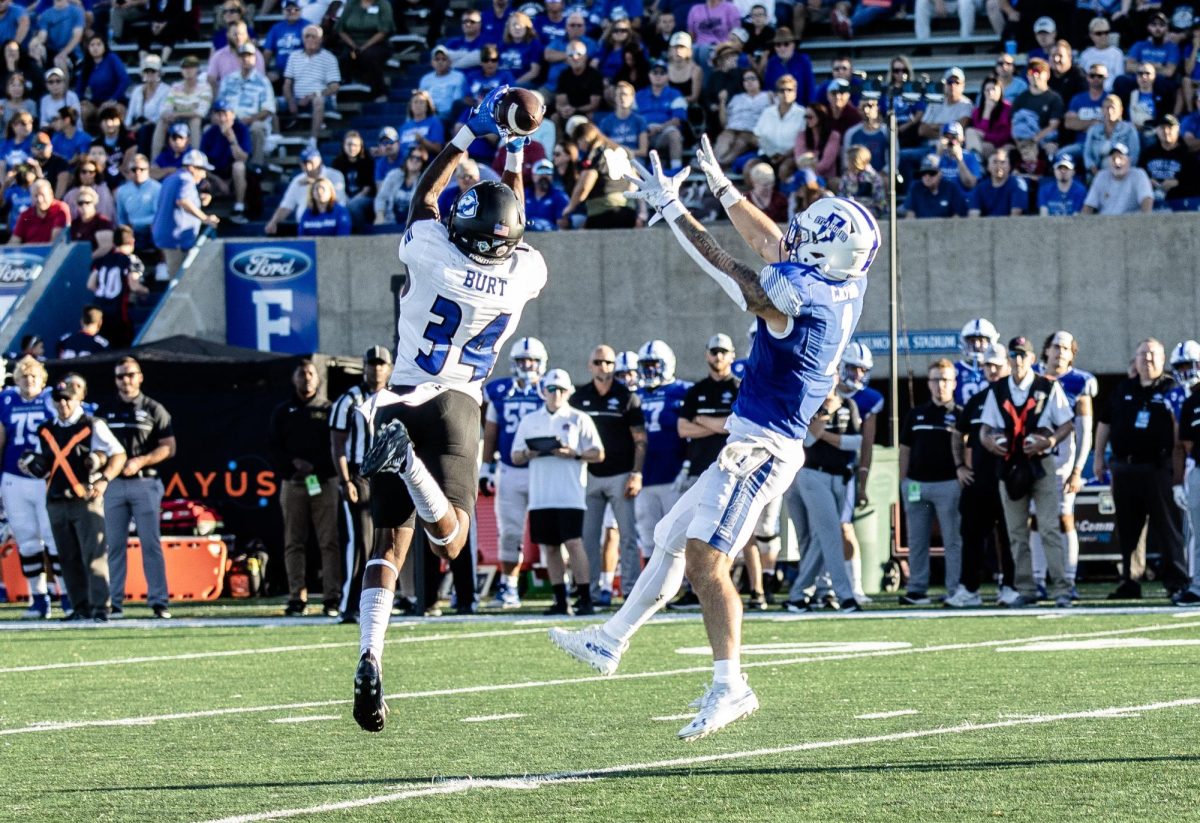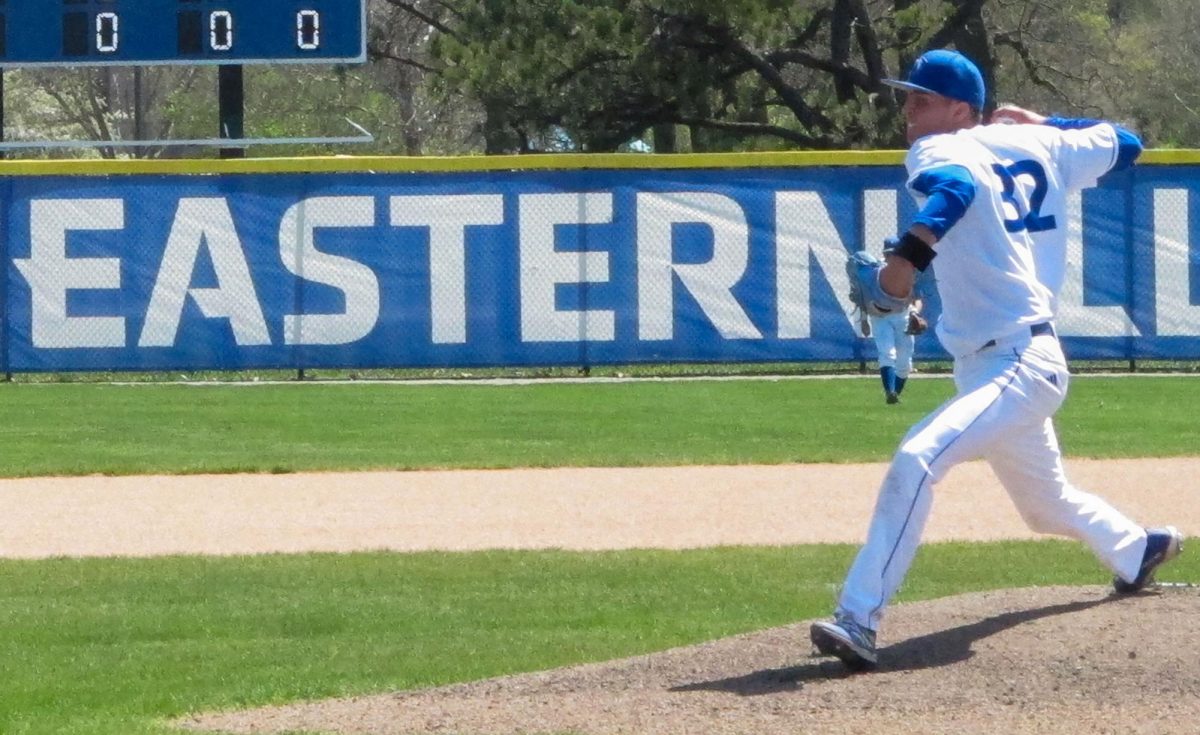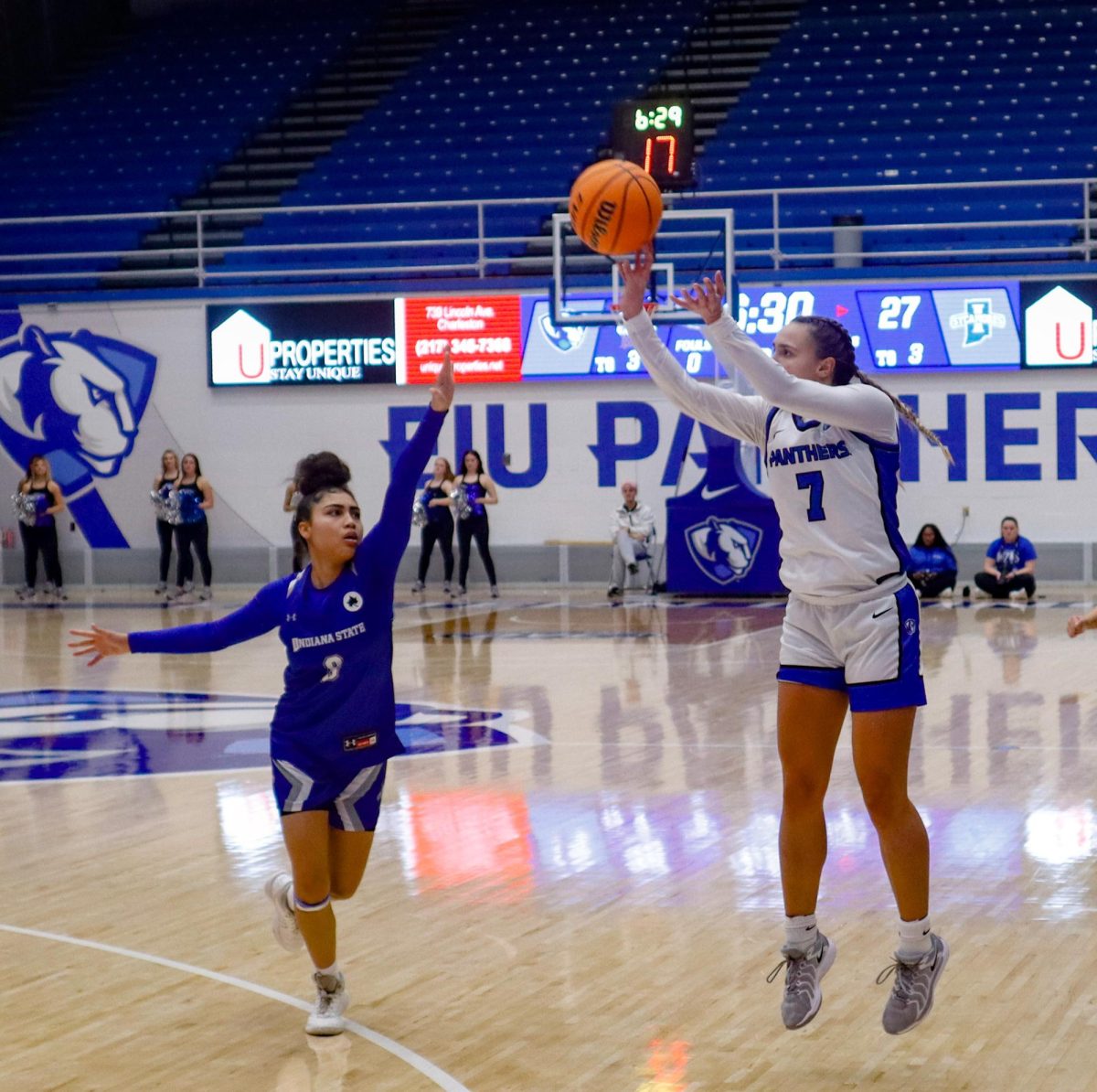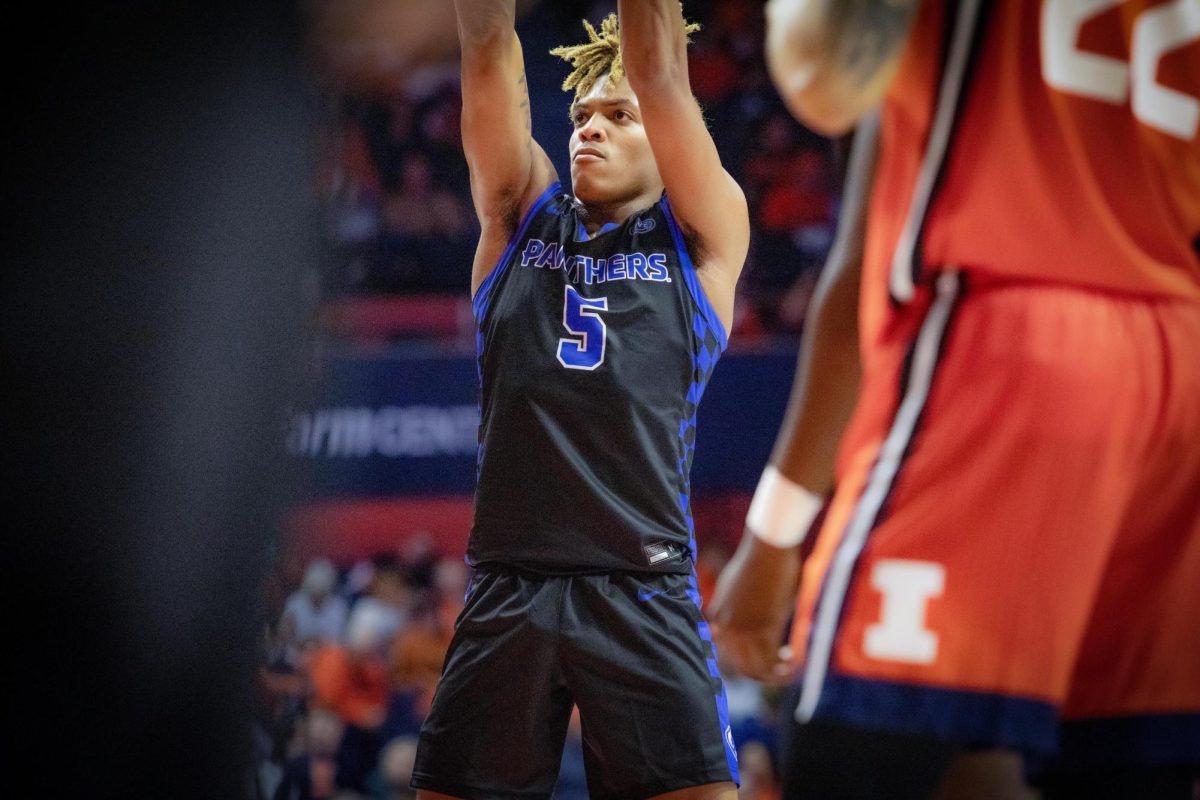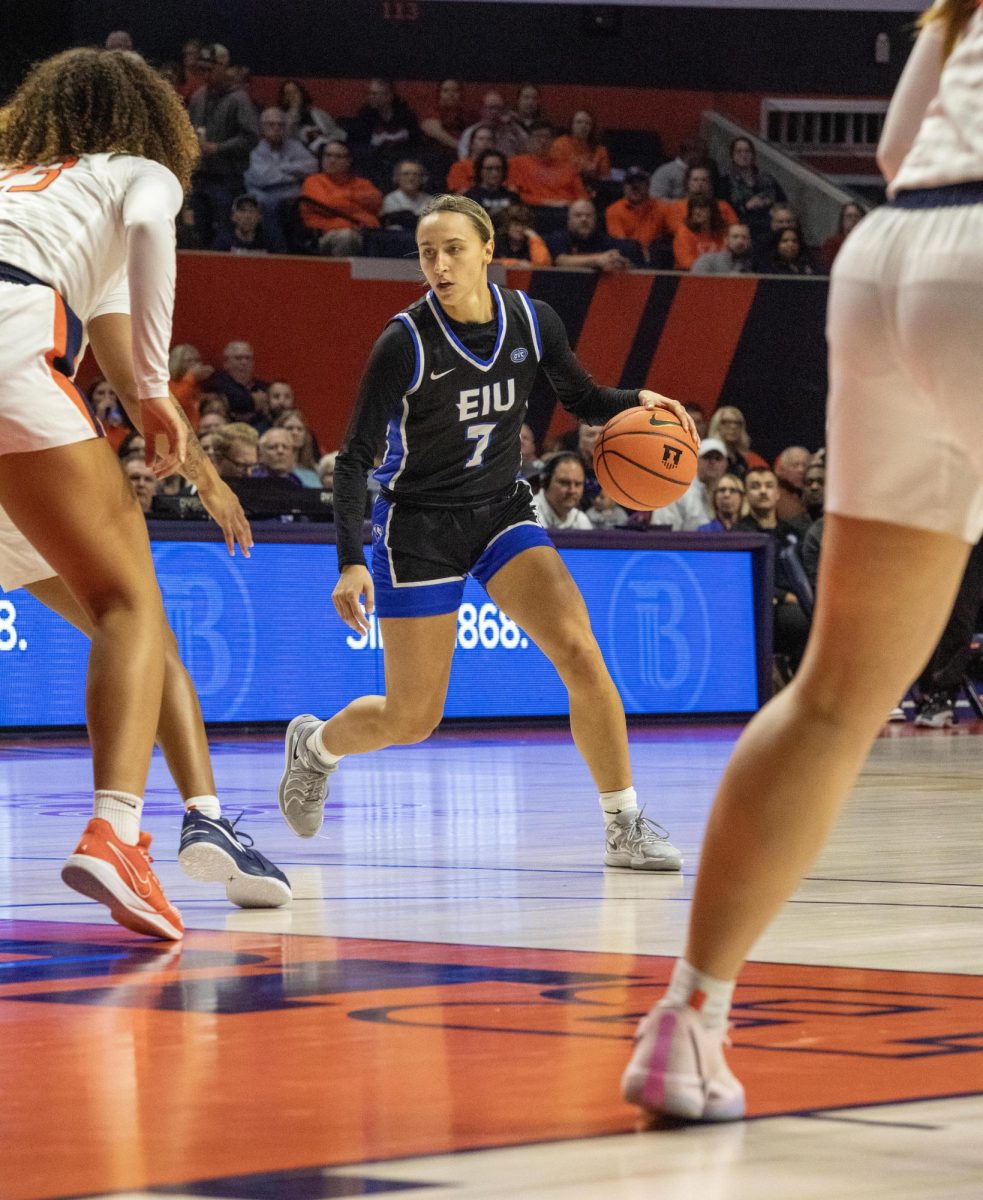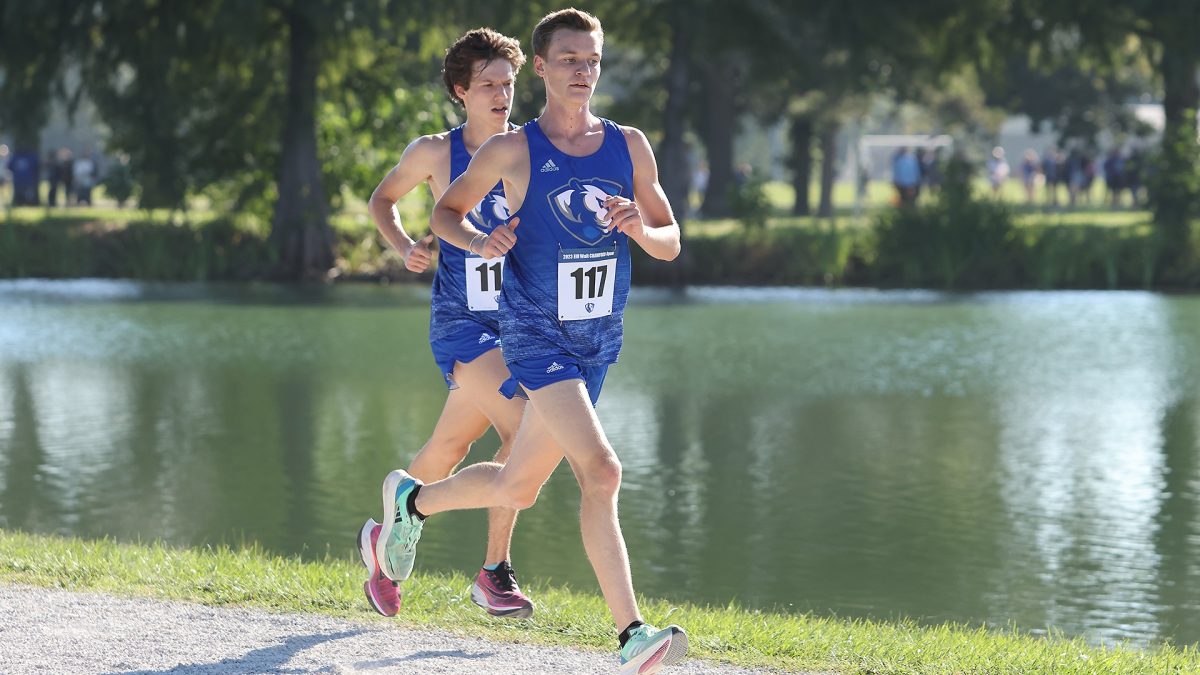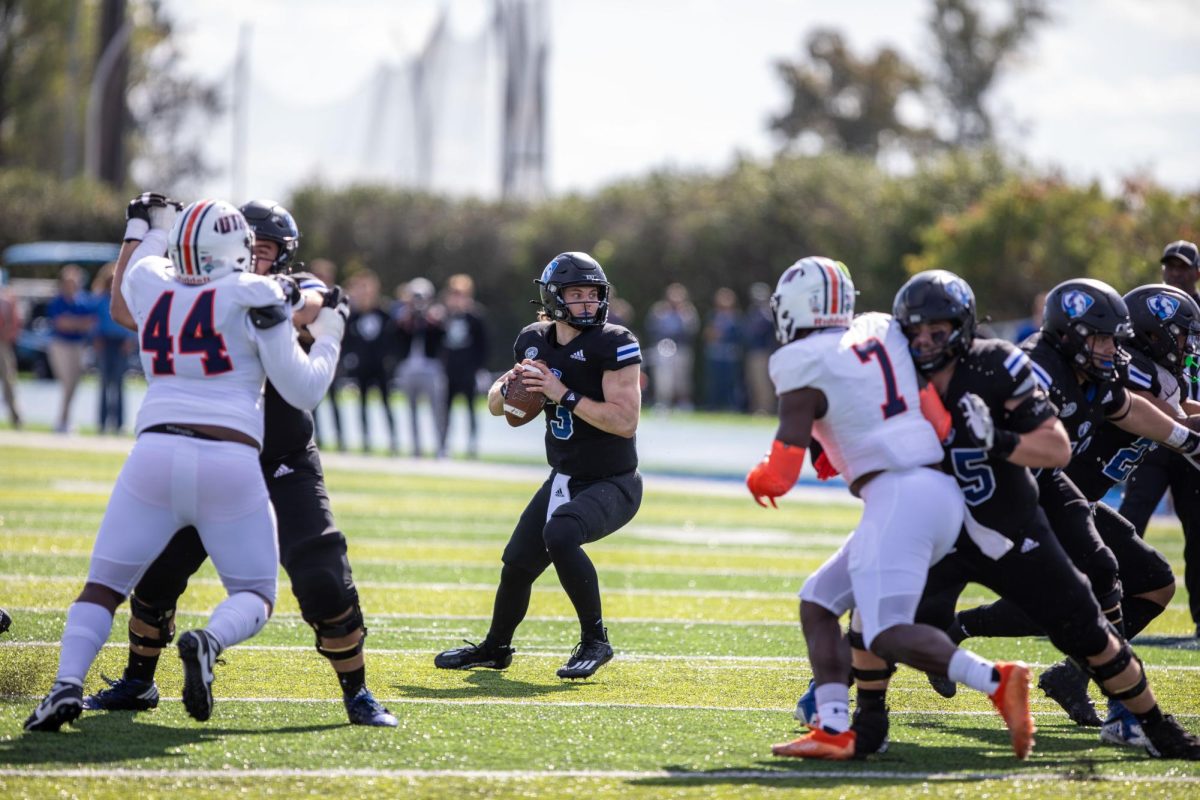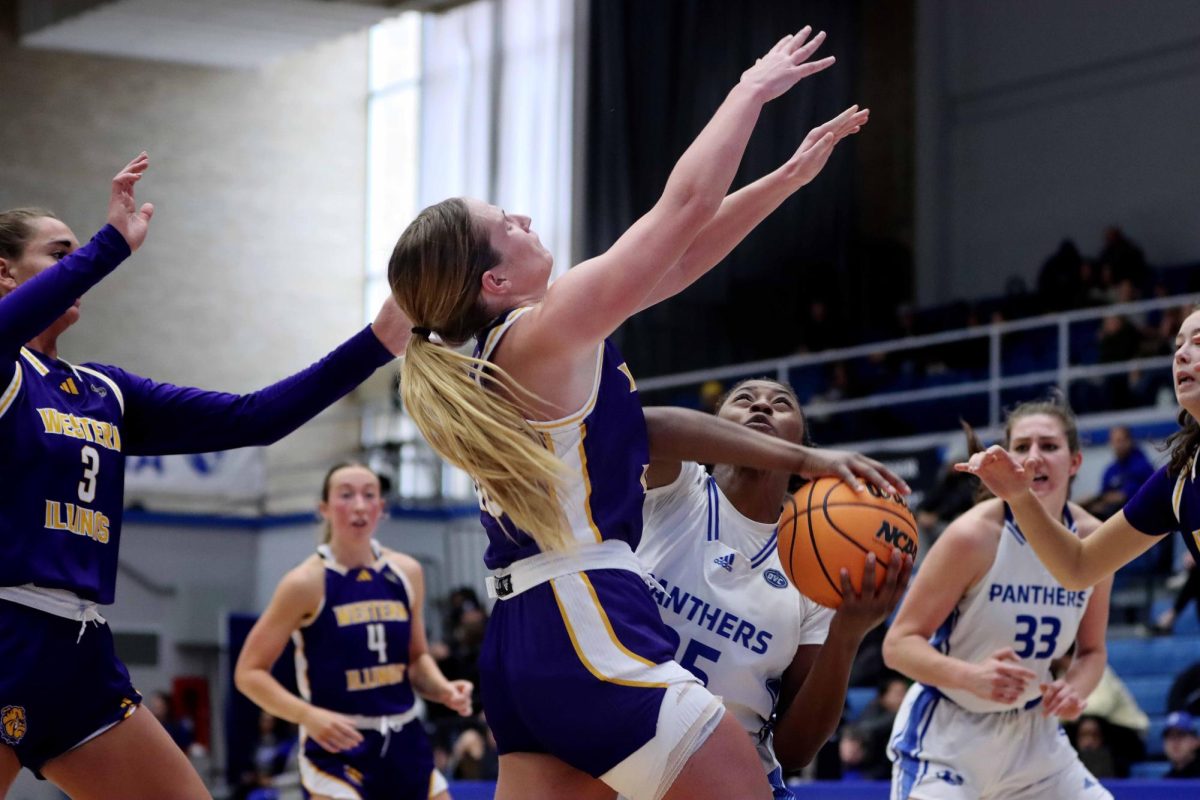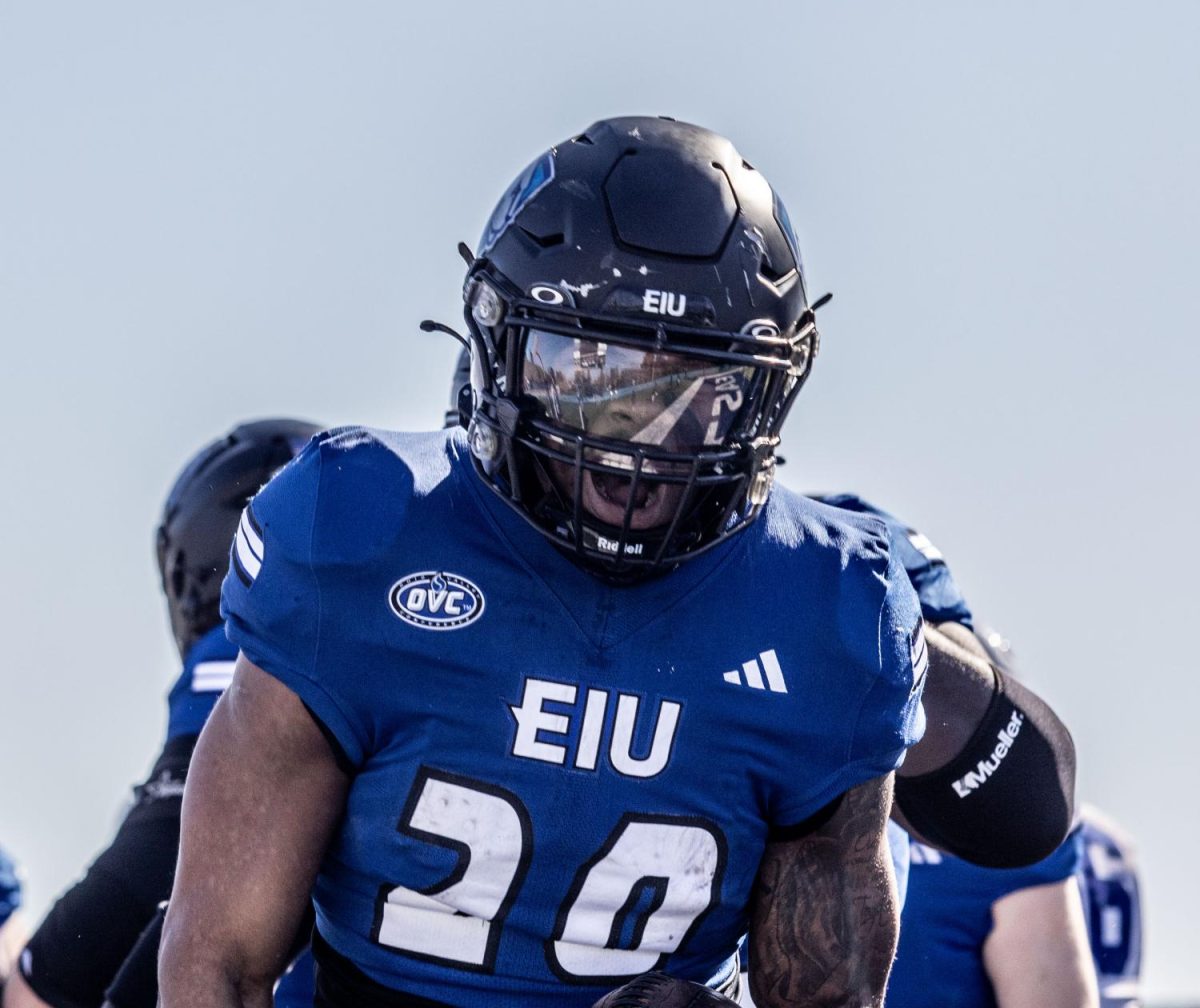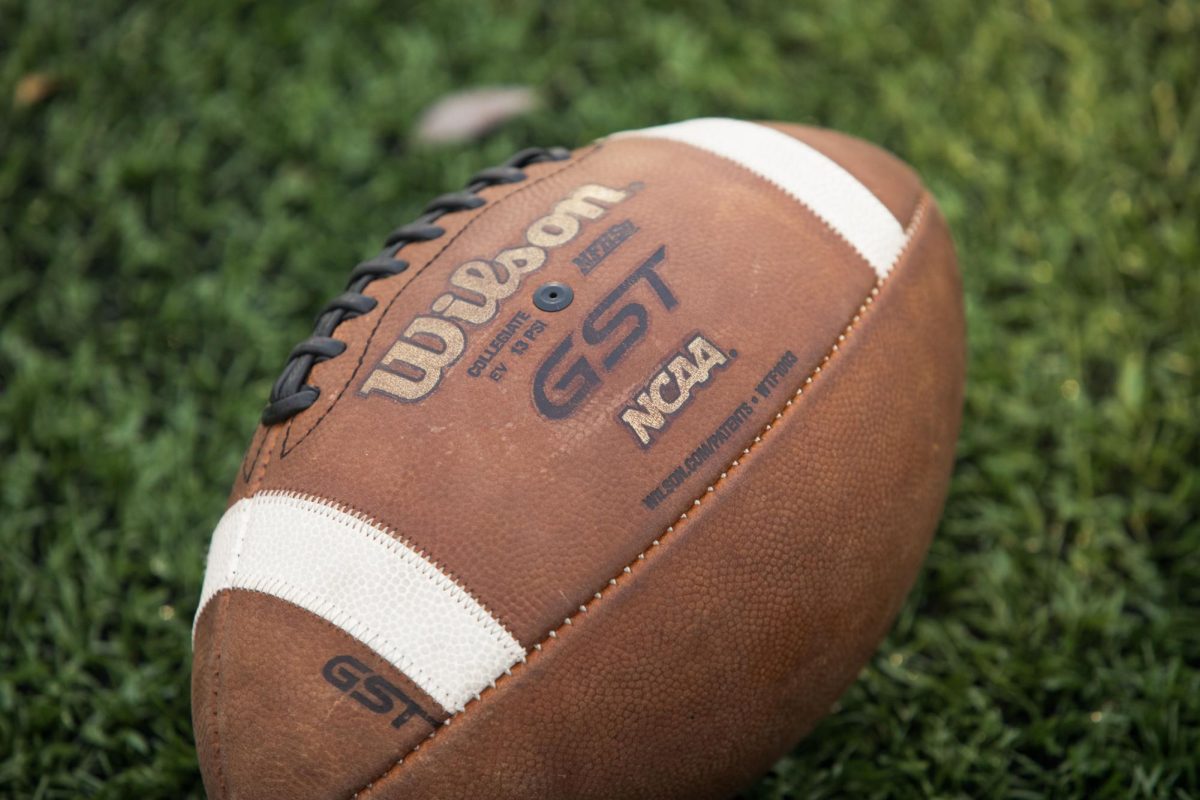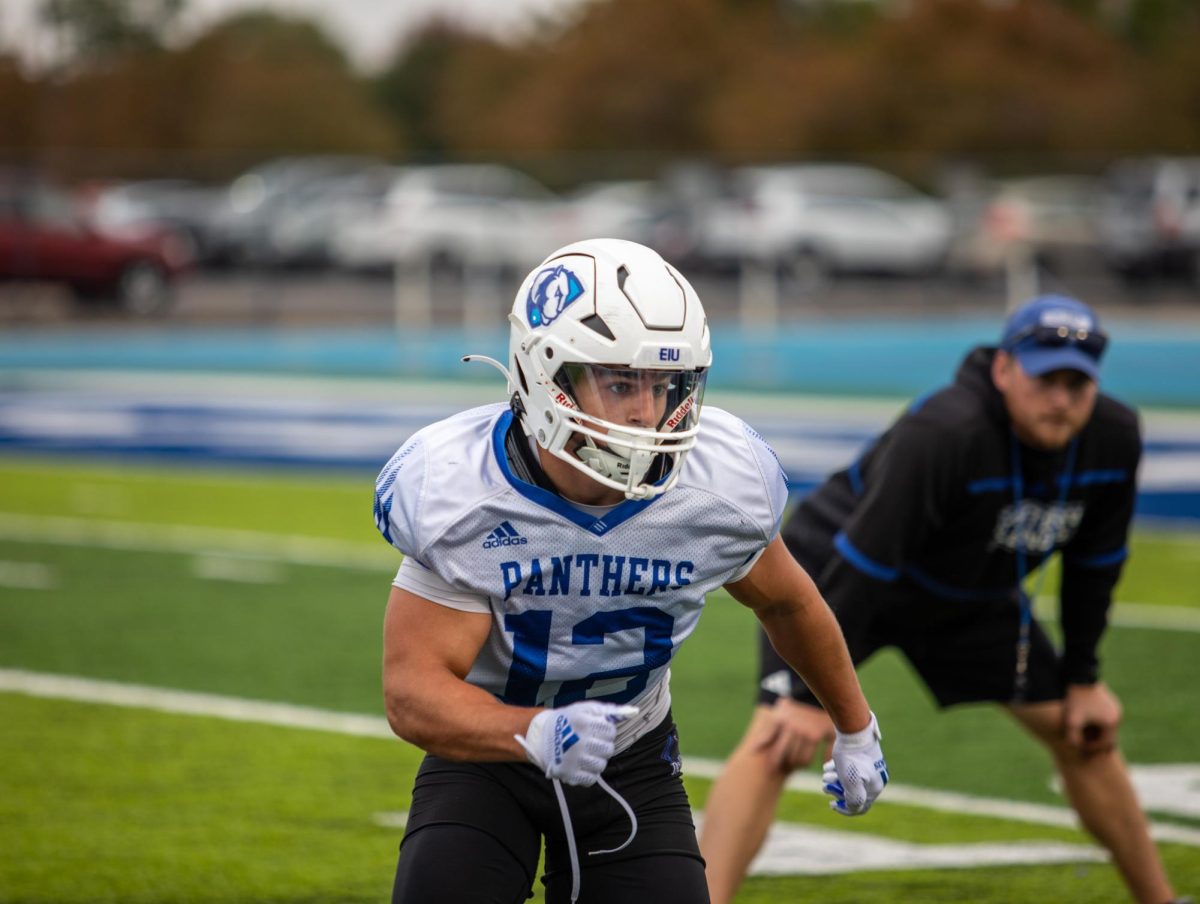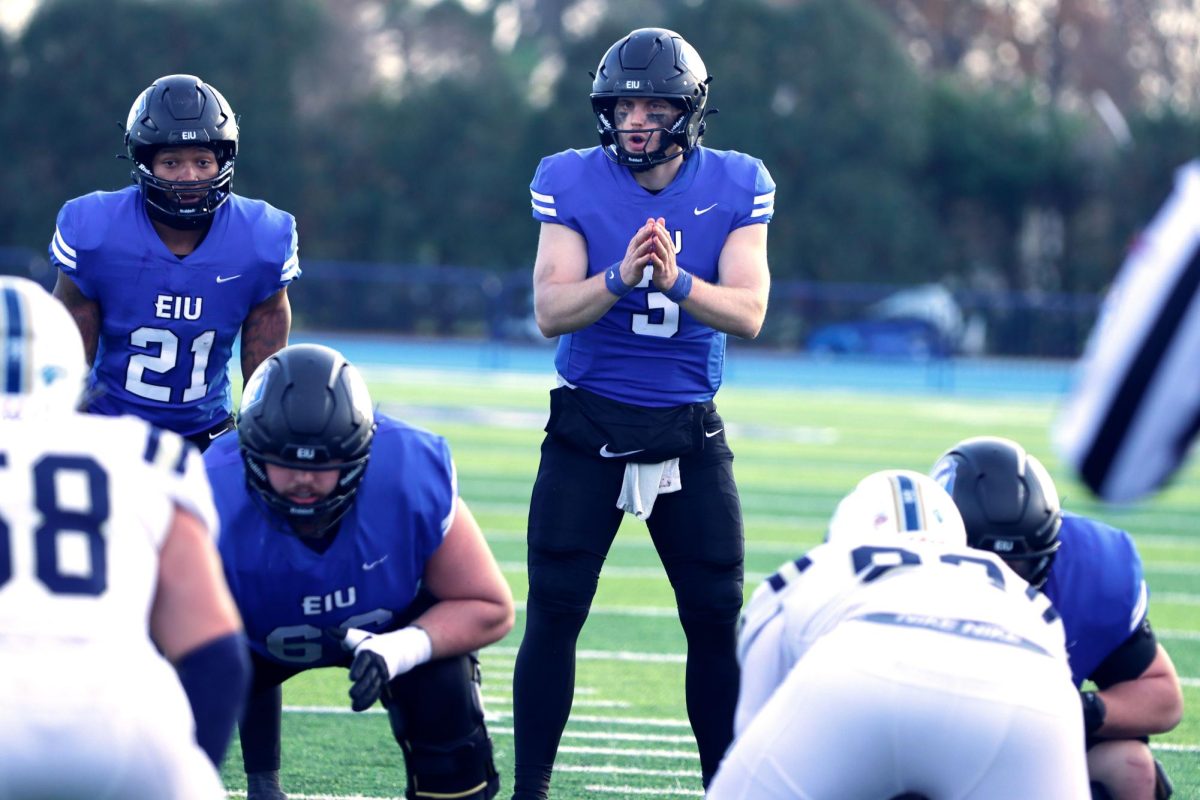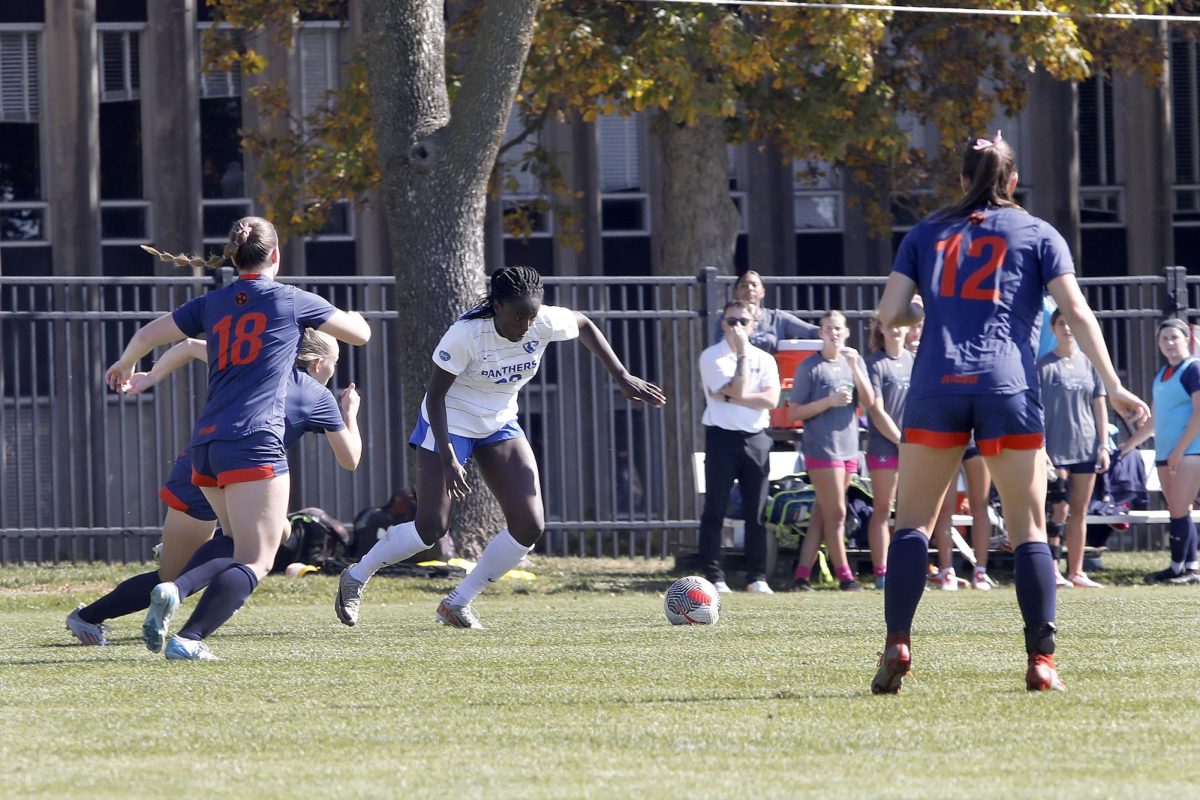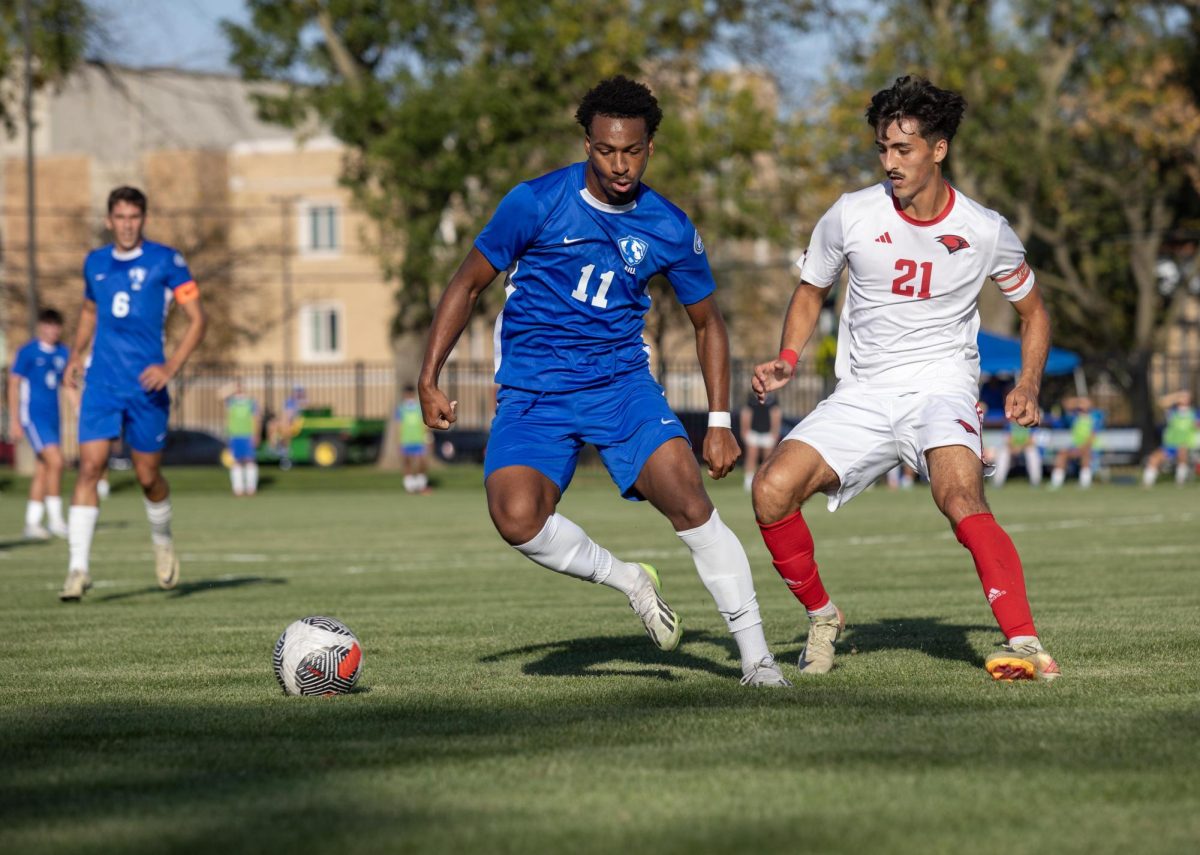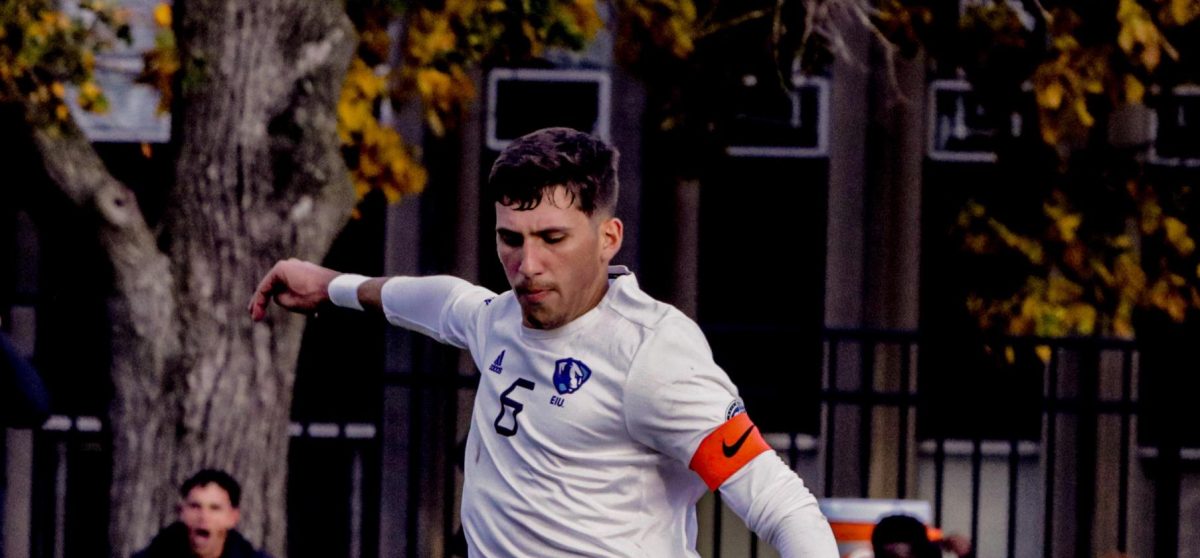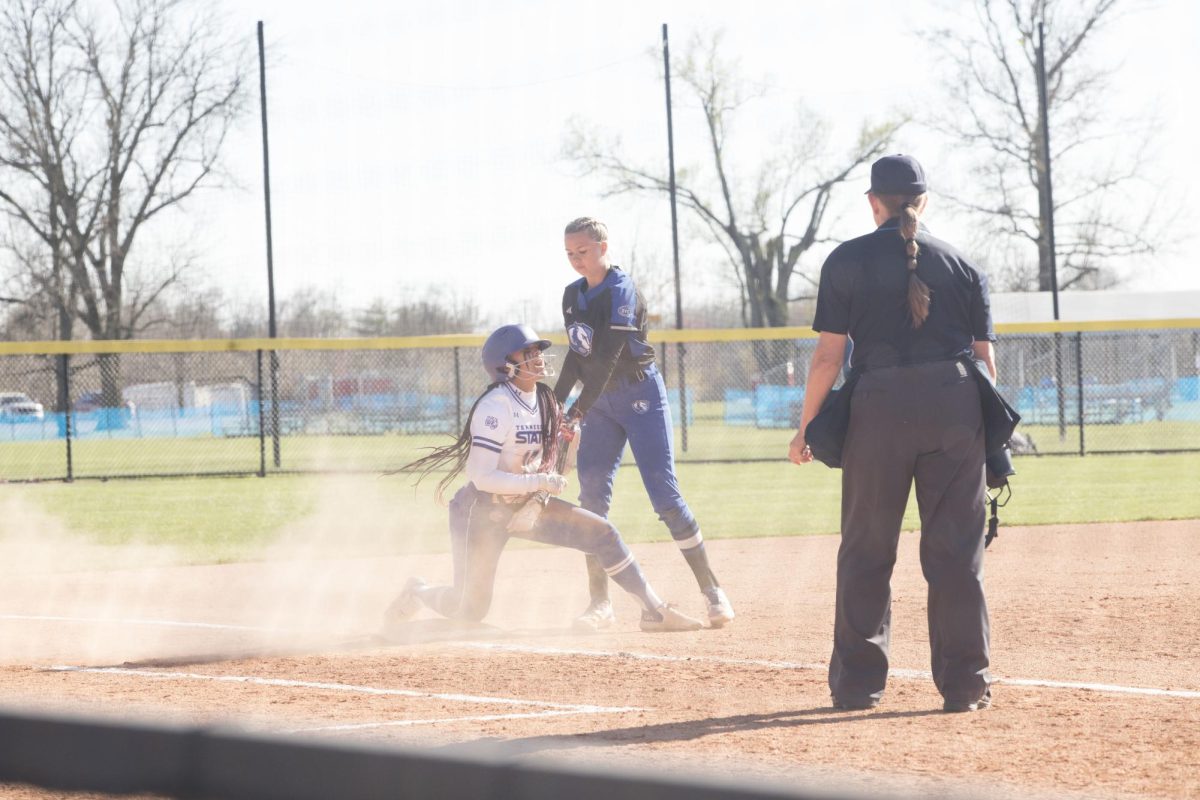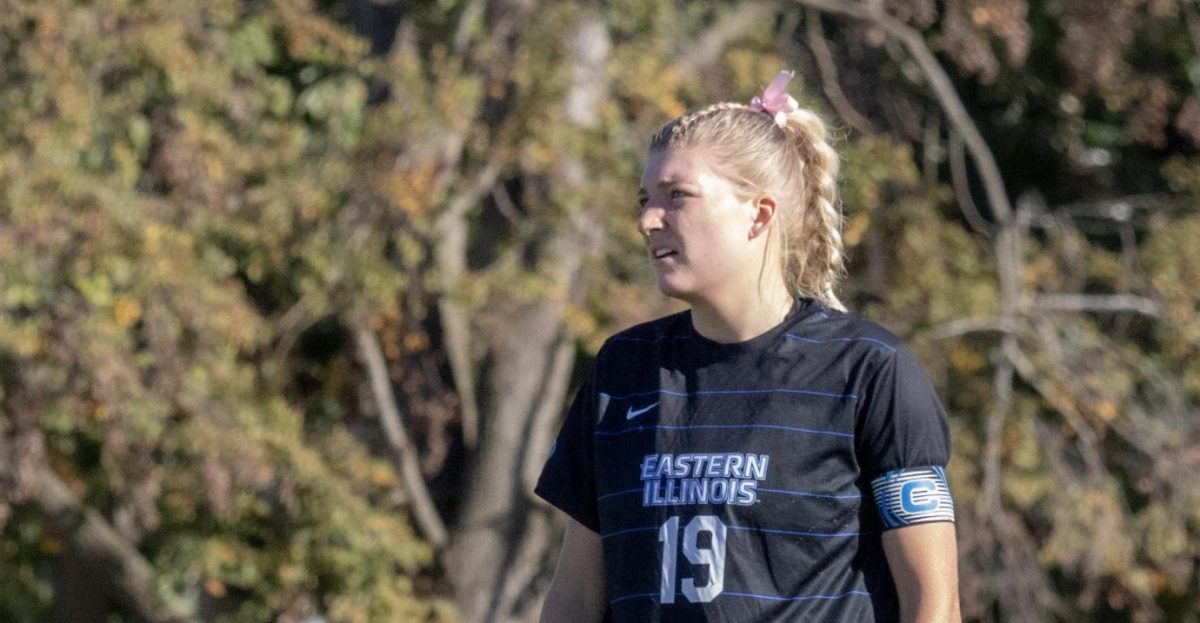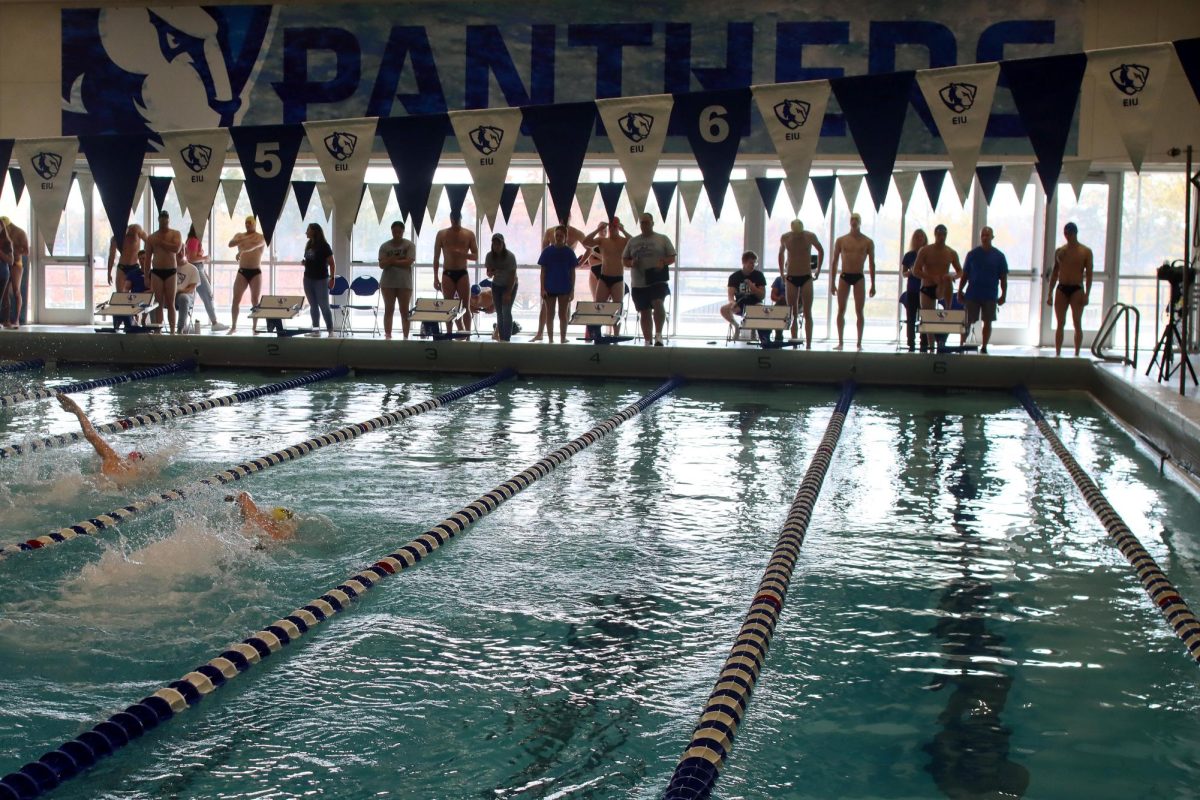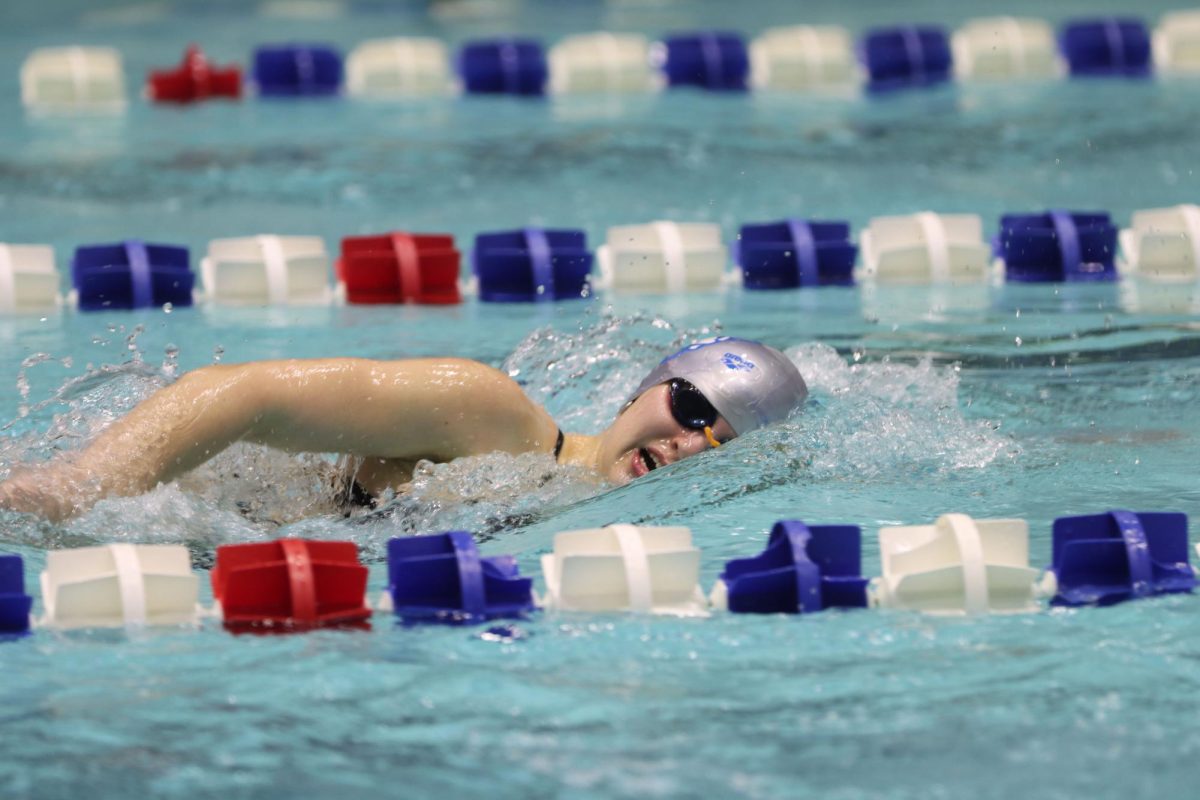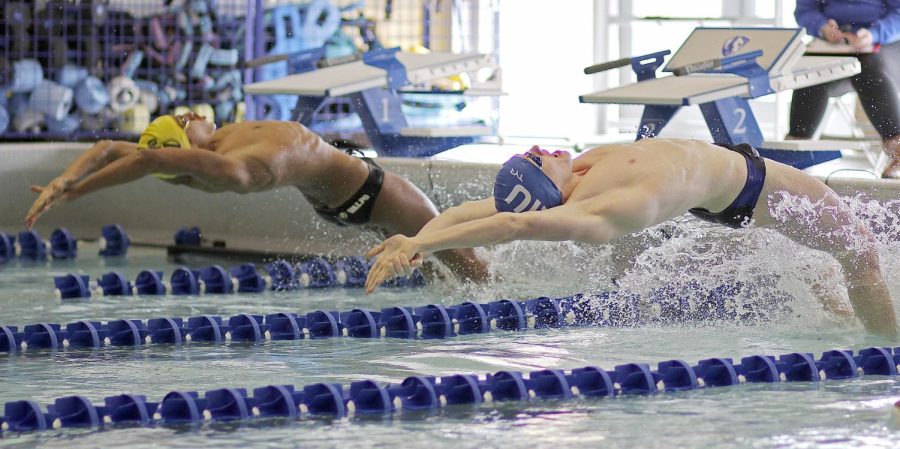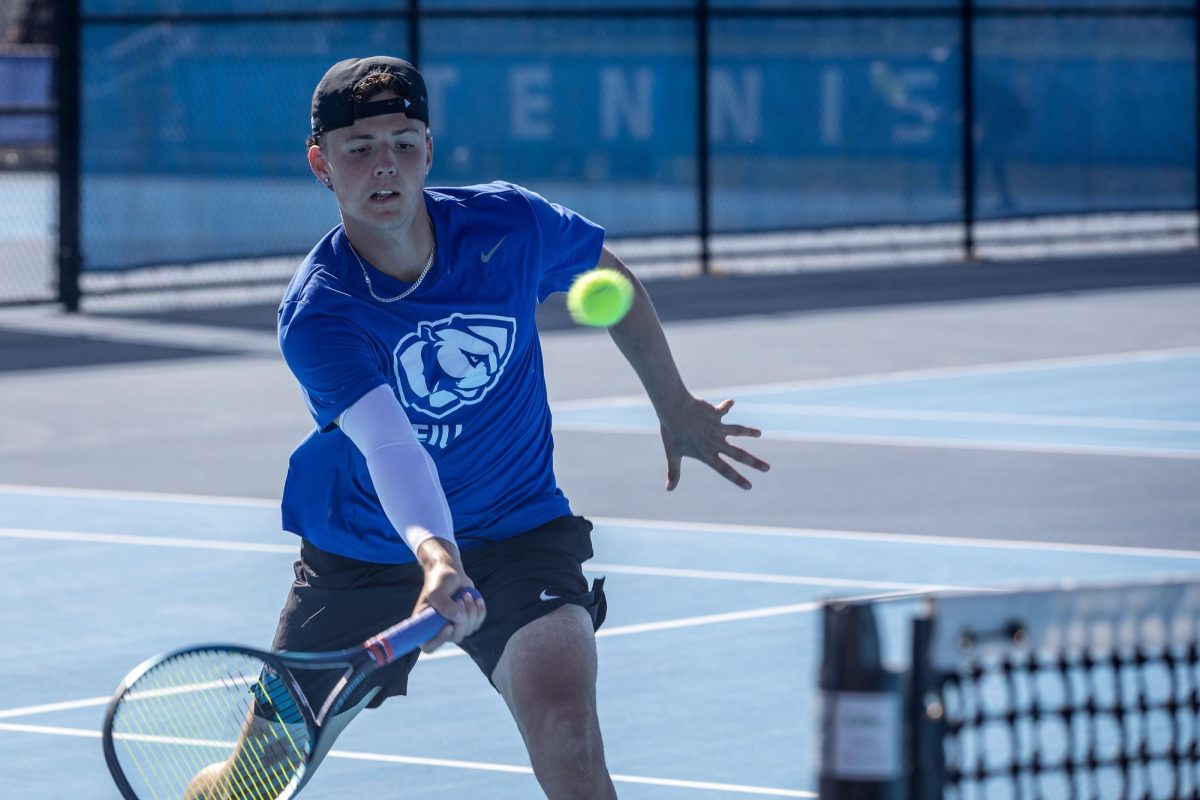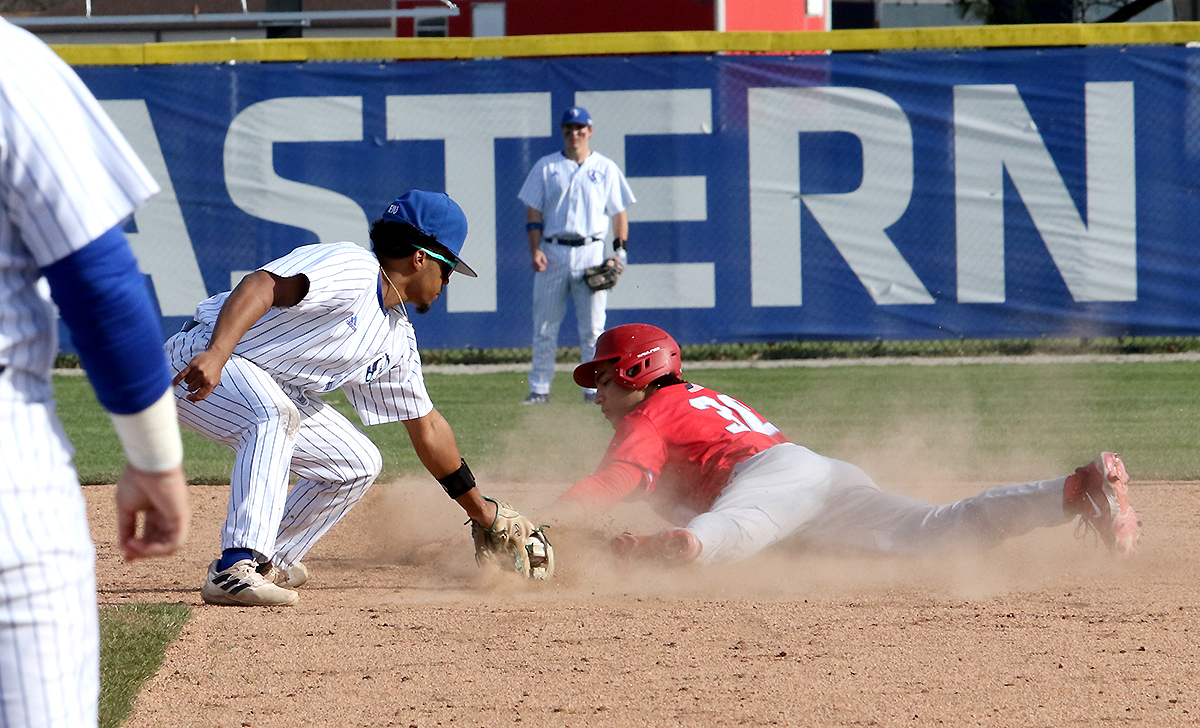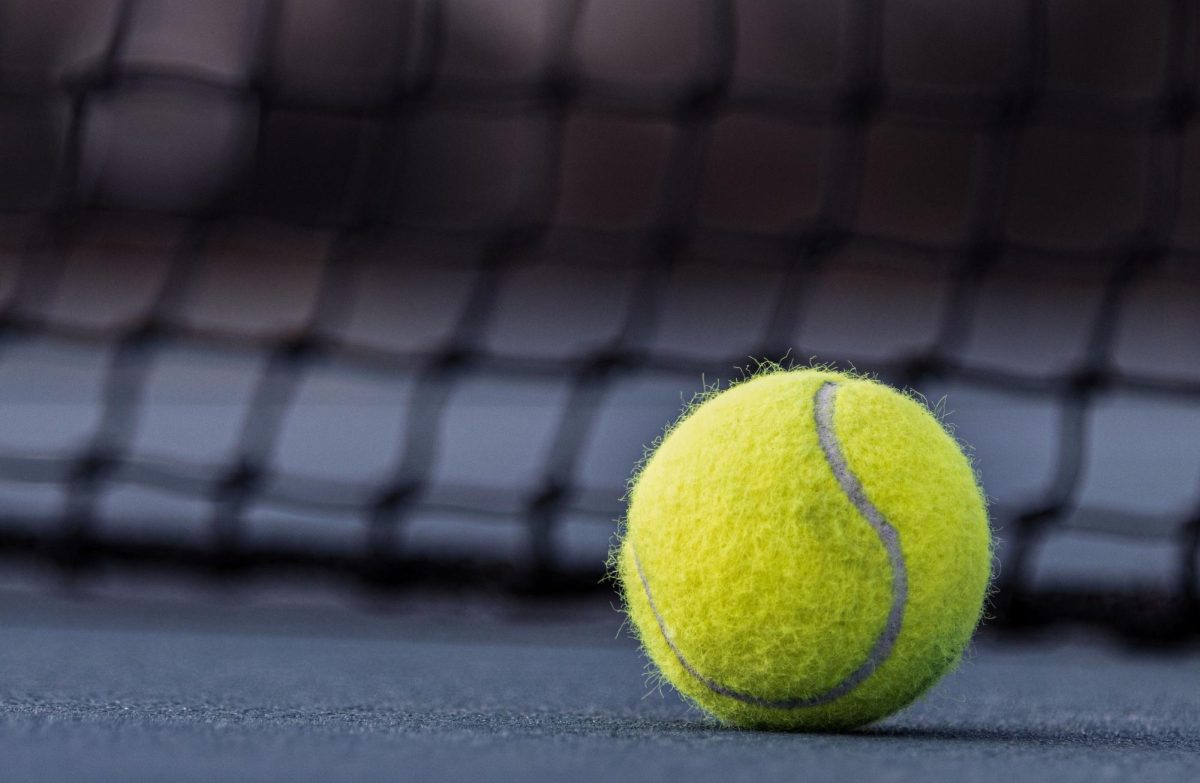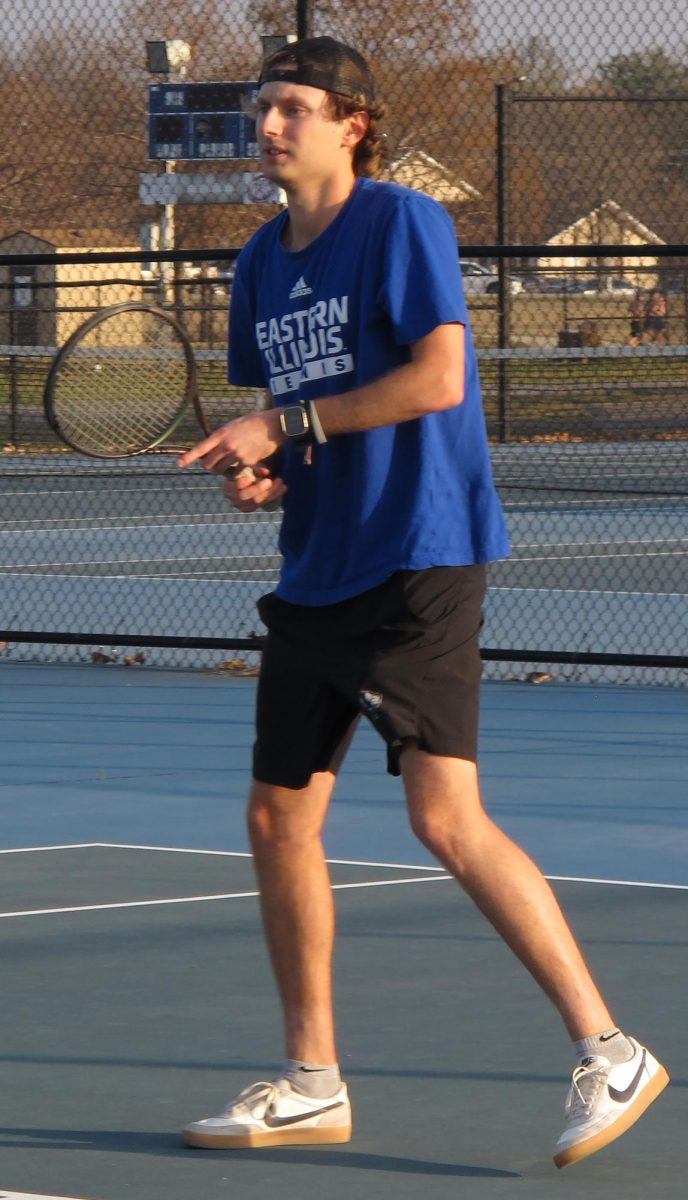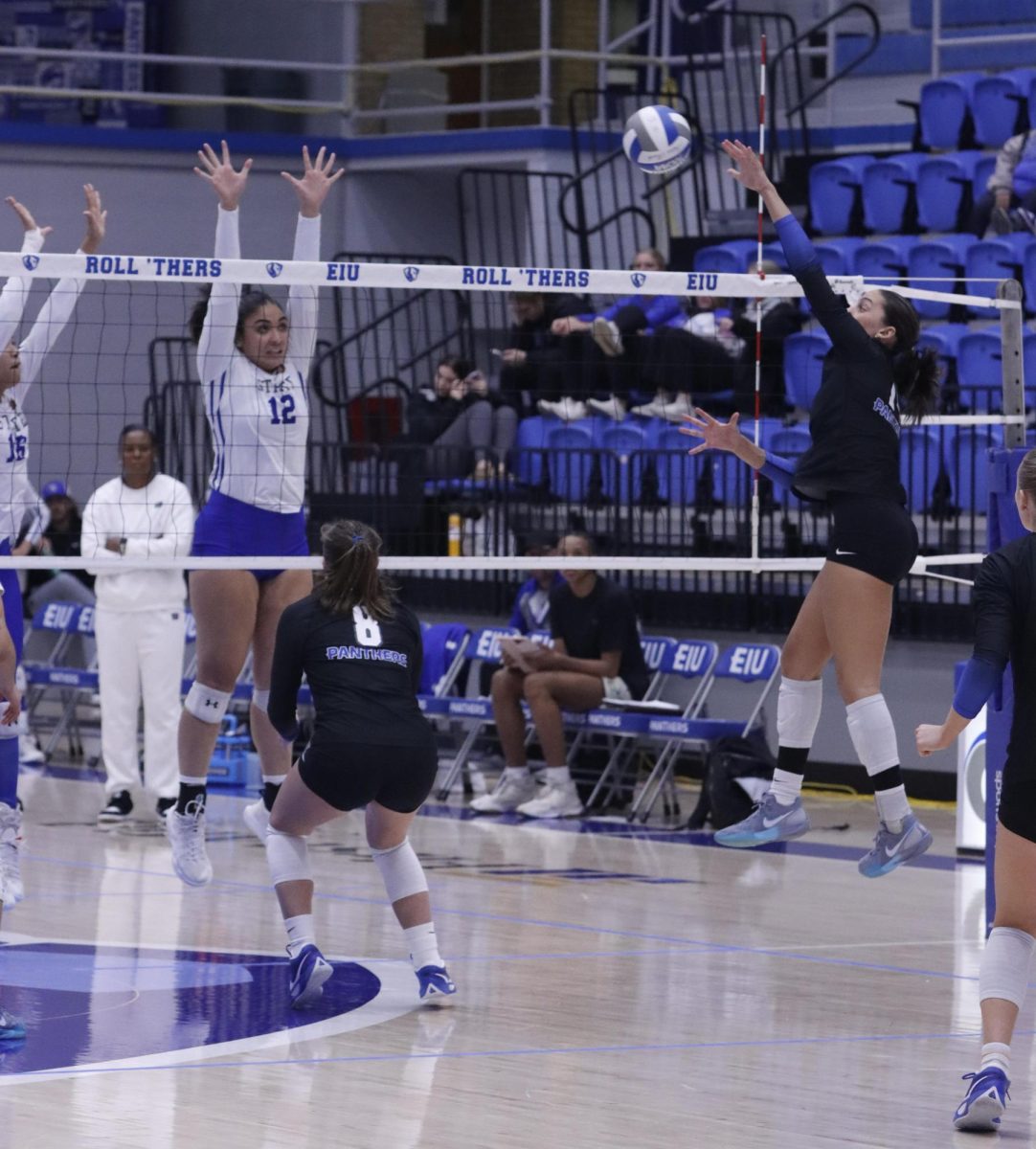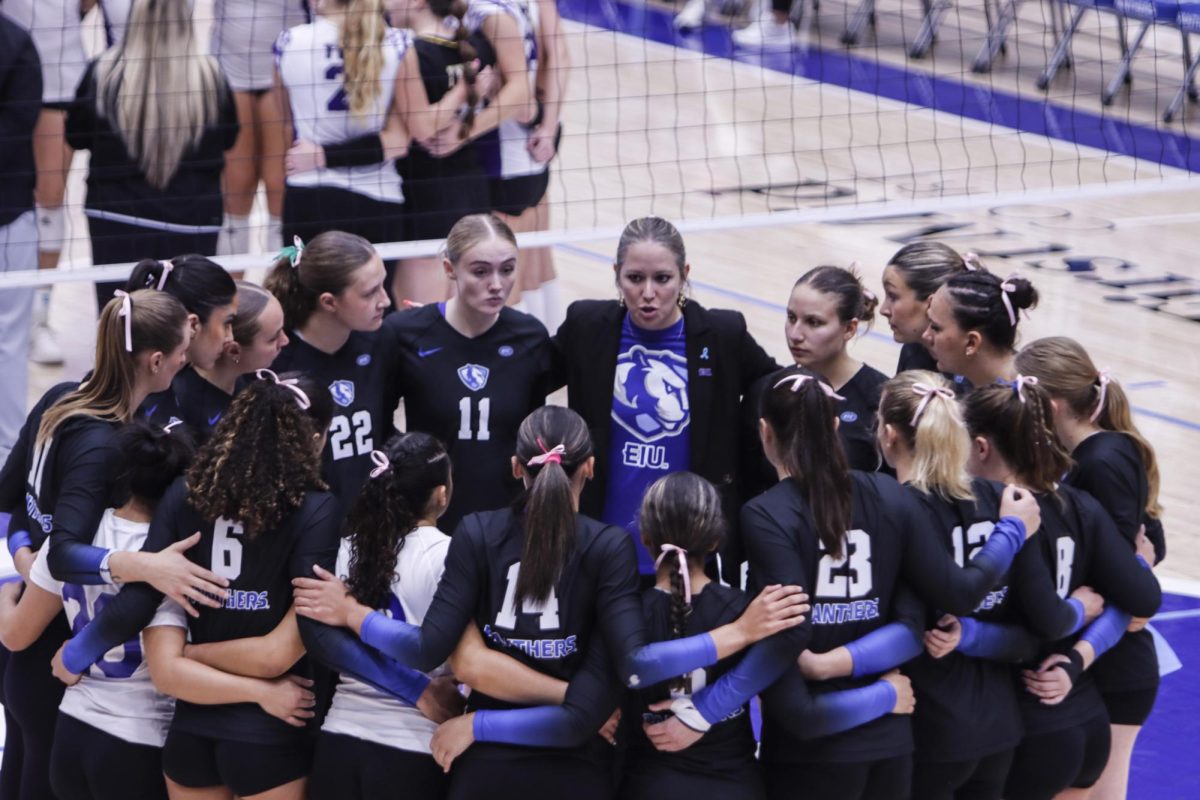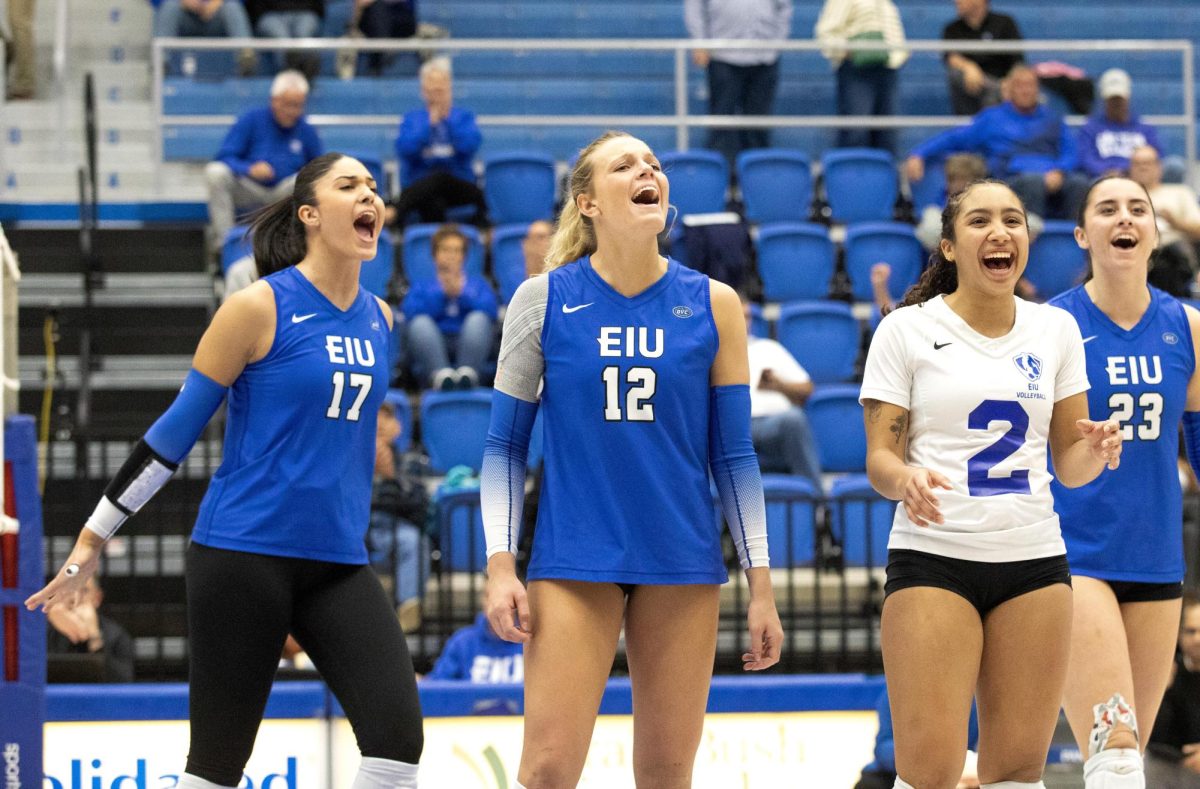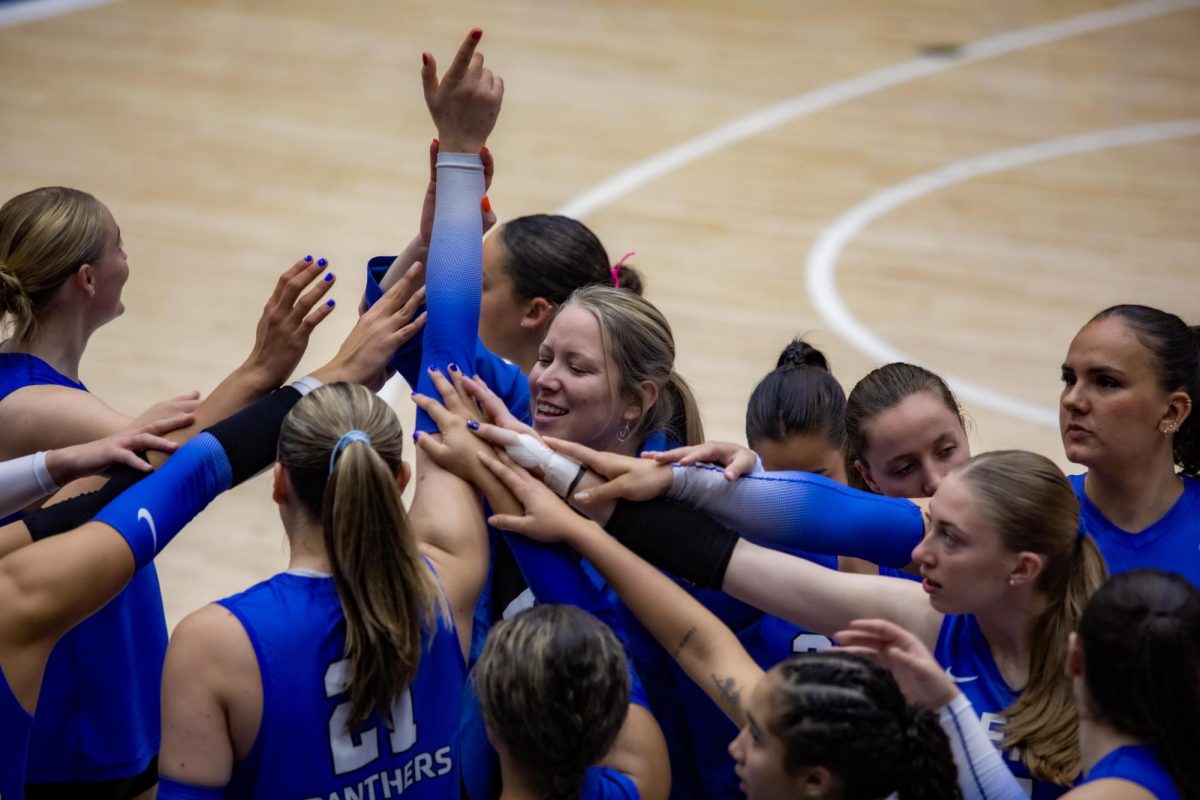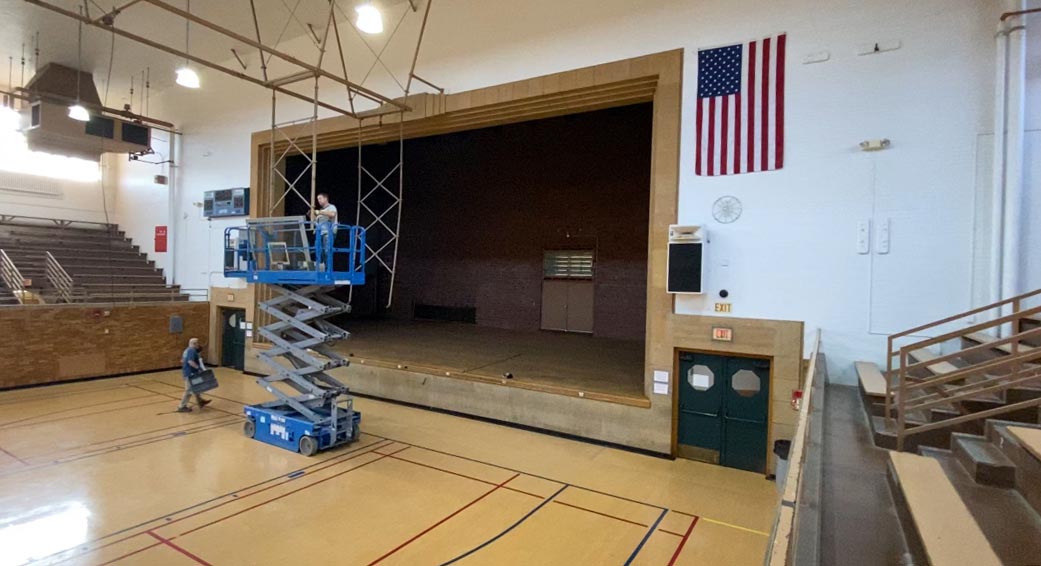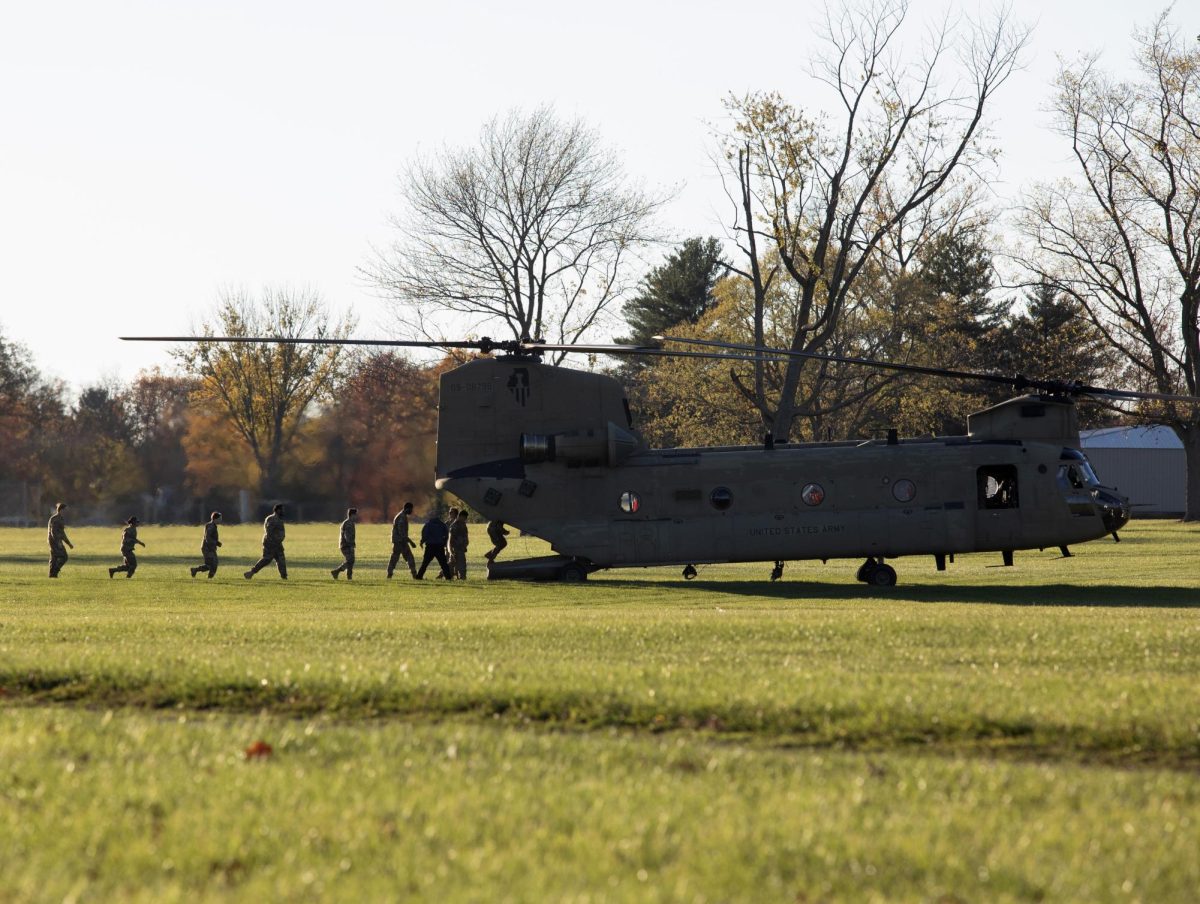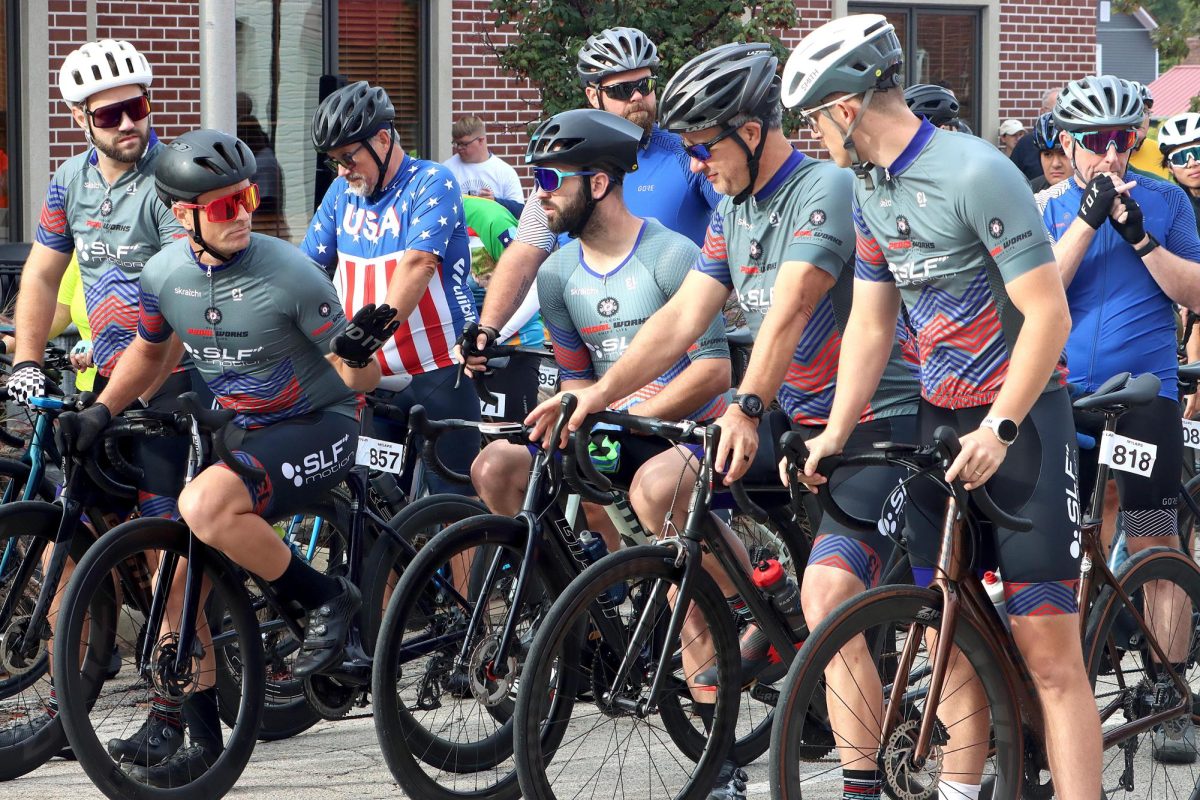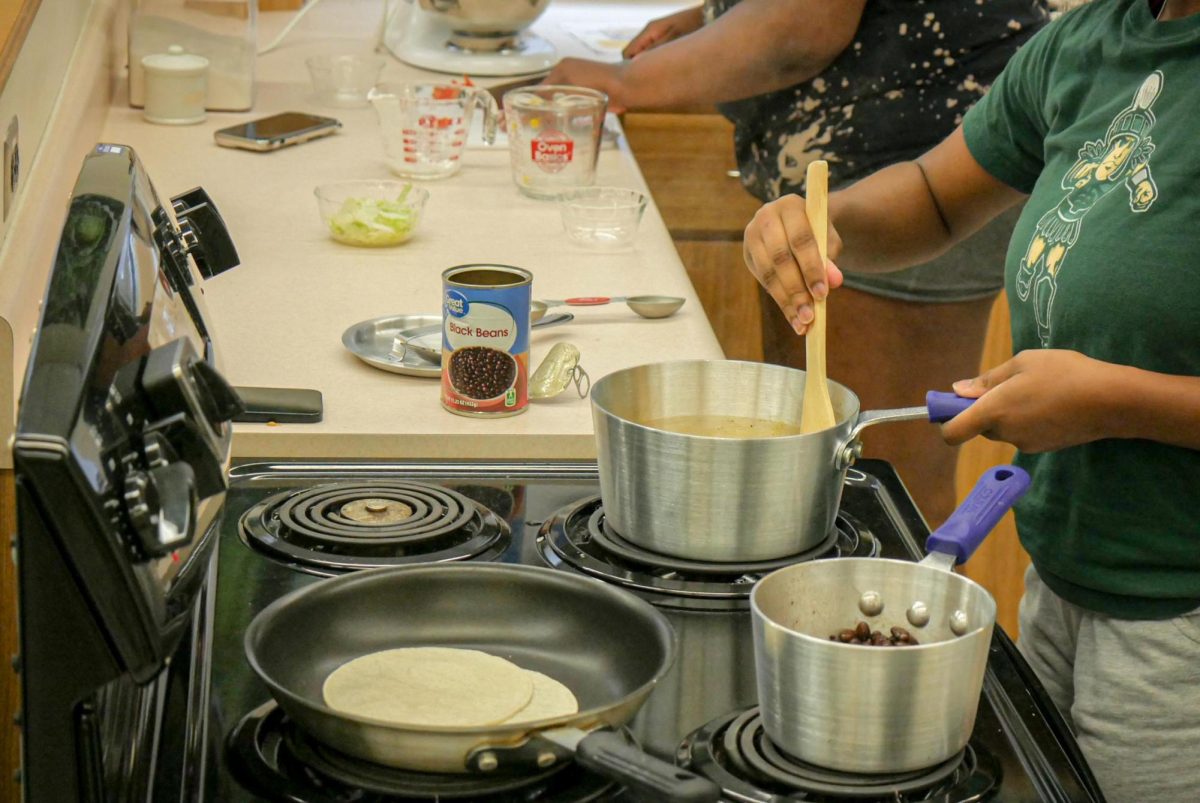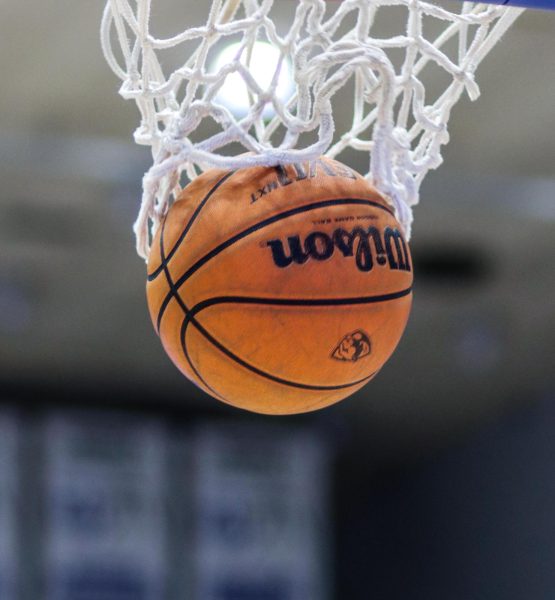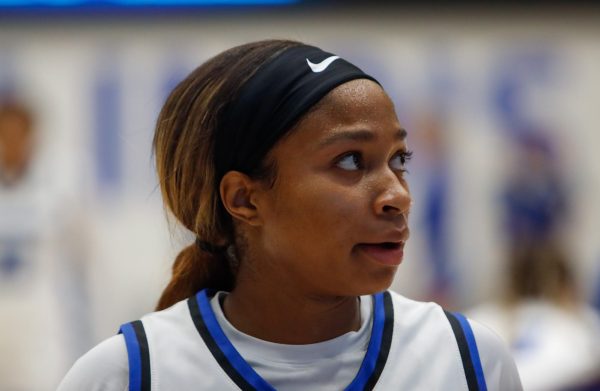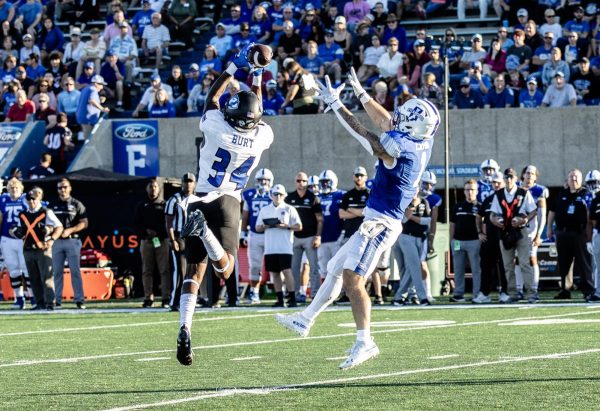Rebounding linked to success
Rebounding.
It seems like a simple concept, doesn’t it?
One player shoots the basketball. The ball either ricochets off the rim, backboard or sometimes there is no ricochet, just air.
If this is such a simple facet to the game of basketball, why is it so hard to accomplish?
There is no true answer to the aforementioned question, just like there’s no answer to why Vince Carter is criticizing Kobe Bryant for being selfish and setting a bad example for kids. Didn’t this guy tank games in Toronto so he could be traded?
Anyway, I digress.
Some say size is the difference, but a 6-foot-6 Dennis Rodman averaged 13.1 rebounds per game in the land of giants while the 7-foot-6 walking telephone pole named Manute Bol averaged 4.2 per game.
Although in many cases it may not be true, but size doesn’t matter when it comes to rebounding.
Rebounding is more about positioning and technique than who’s the tallest and biggest.
High-school level players or even players at a younger age, are taught to put their body in front of a defender with their feet spread apart and their arms ready to retrieve.
If it sounds as simple as that, it’s not. Just ask Eastern women’s basketball coach Brady Sallee, who’s stomped, cursed and done just about everything else there is to do to get his team to rebound.
The Panthers are last in the Ohio Valley Conference in offensive and defensive rebounding and stand at minus-11.2 in rebounding margin per game.
It may be true that Eastern doesn’t have much size with its tallest players being 6-foot-2 (Rachel Galligan and Julie Lipperd), but then again neither did the 6-4 Charles Barkley (11.7 rebounds per game).
Chicago Bulls coach Scott Skiles took it one step further last year when a Chicago reporter asked him a better way for now-New York Knicks center Eddy Curry to rebound.
Skiles looked at the reporter and in his typical deadpan fashion said: “jump.”
The reporters cracked up around Skiles, but the sad part about what he said remains true.
There is an abundance of players who wait for the ball to come to them rather than going up and getting it.
Points may be the most important part of a basketball game, but rebounding is a close second.
It’s why in 1995 the Bulls went out and traded for Rodman after the year before they had Toni Kukoc and Larry Krystkowiak at the power forward position. Neither could rebound well, and the Bulls were eliminated by an Orlando team that boasted Shaquille O’Neal and Horace Grant.
After acquiring Rodman, the Bulls went on to a second three-peat. A coincidence? Not likely.
I’m not about to say rebounding is all about will and determination and all that rah-rah stuff, because it’s not.
I’m also not saying size doesn’t help, because if it didn’t, Earl Boykins would be a great rebounder.
Next time you go to a high school, college or NBA game, look at the players on the court as the ball goes up in the air.
Only then will you tell who’s a true rebounder.
Marc Correnti is a junior journalism major. If you think he could rebound from this column, tell him so at EIU3583@yahoo.com




